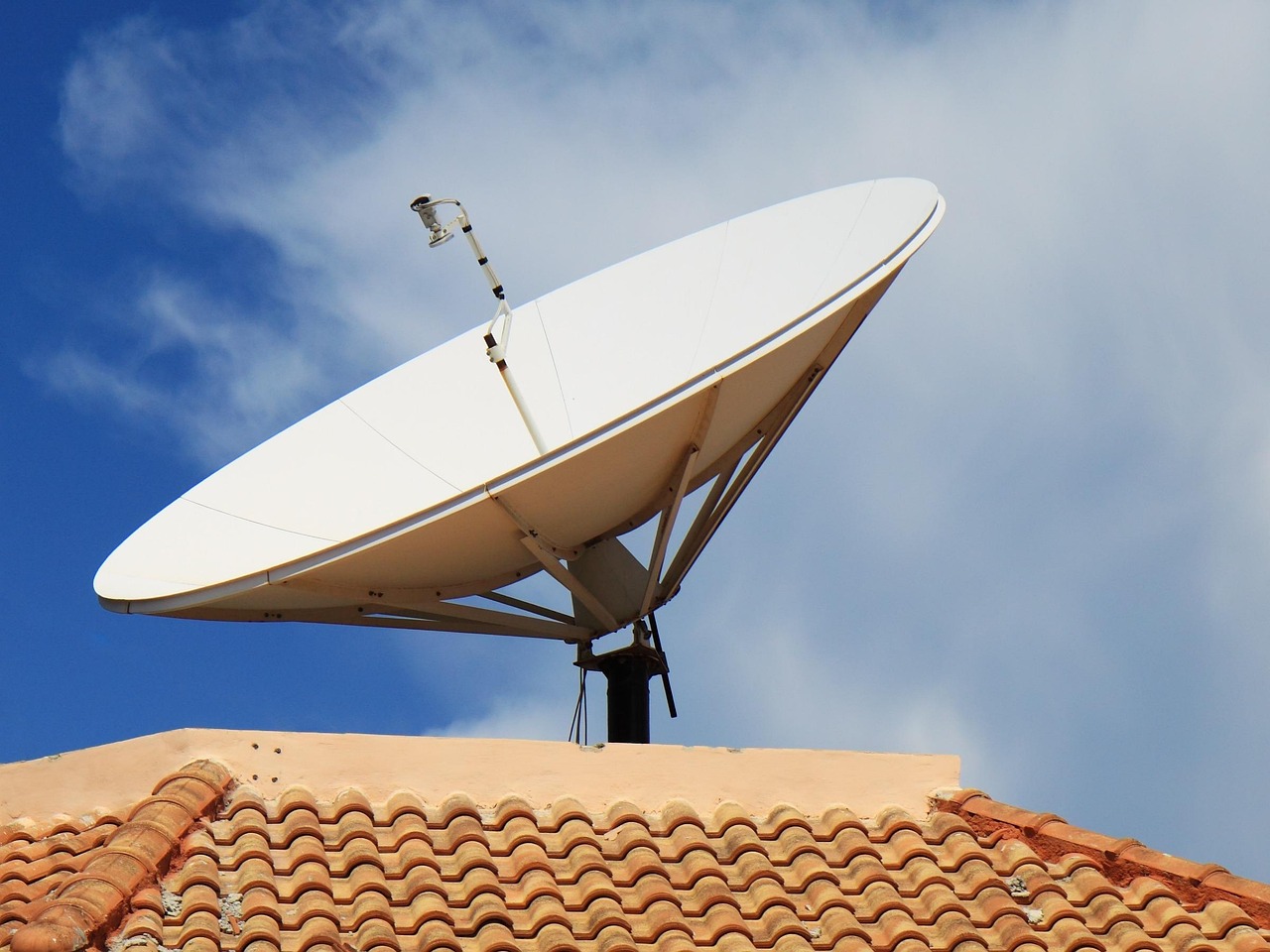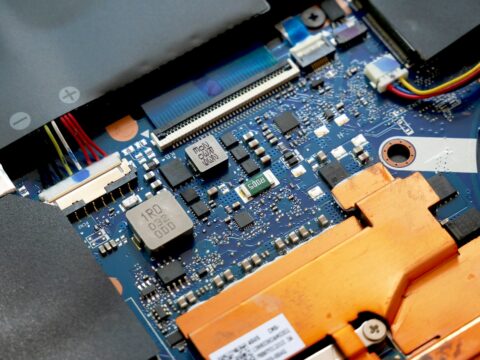BIS Issues Fresh Rules for Digital TV Receivers – 26 Oct 2025 Deadline Looms

The Bureau of Indian Standards (BIS) has released a comprehensive implementation circular on 18 September 2025, tightening the compliance net around every plasma, LCD or LED television set sold in the country. Issued under the authority vested in the Central Government by Section 16 read with Section 10 of the Bureau of Indian Standards Act, 2016 and aligned with the Electronics & Information Technology Goods (Requirements for Compulsory Registration) Order, 2021 of the Ministry of Electronics and Information Technology (MeitY), the circular makes the newly published IS 18112:2025 “Digital Television Receiver for Satellite Broadcast Transmission Specification (First Revision)” an almost immediate mandatory companion to the long-standing safety standard IS 616:2017 / IEC 60065:2014.
For more than a decade, television safety has been policed through the Compulsory Registration Scheme (CRS) administered by BIS. Since 2018, no TV set has reached the market without a safety licence bearing the familiar R-number below the IS 616 mark. Last year, MeitY enlarged the CRS basket by inserting satellite receiver requirements, but gave manufacturers a breather by pushing the deadline twice—first to 25 April 2025 and then, through an order dated 20 March 2025, to 26 October 2025. The fresh circular now converts that executive order into detailed field practice and, in the process, withdraws the interim guidance that had been in play since 23 June 2025.
From the date of issue, every television set—whether it is a fresh design or an existing model—must embed a digital satellite receiver that meets IS 18112 and must continue to satisfy the electric-shock, fire and mechanical hazards spelled out in IS 616. The two requirements will be welded into a single licence: the same eight-digit R-number that appears below the IS 616 monogram will henceforth also vouch for IS 18112 compliance. Separate satellite-only certificates will no longer exist; the product either carries the conjoined mark or it cannot be stocked, displayed or sold.
The circular keeps the door ajar for factories that are still holding test data to the 2022 version of the receiver standard. Laboratories may accept samples and issue reports against IS 18112:2022 until 30 December 2025, but the manufacturer must file a notarised declaration that every cited model will be upgraded to the stricter 2025 text before the concurrency window shuts on the same night. After the chiming of the New-Year bell, only IS 18112:2025 will be recognised, and any licence still anchored to the 2022 flavour will be treated as lapsed.
Existing safety-only licencees have the hardest race to run. They have barely five weeks—until 25 September 2025—to submit an inclusion request if they want to keep the present file alive. The request must be accompanied by a fresh test report for the satellite segment and a copy of the original IS 616 report so that the series guidelines can be verified. Where the factory can demonstrate that the model already carries an internal satellite tuner that was evaluated during the initial safety appraisal, the paperwork is lighter: an online “Standard Revision / Essential Requirement” module is available, but the laboratory must cross-reference the old IS 616 report number in the new satellite document. Whatever route is chosen, non-compliant models left on the licence after 26 October 2025 will be struck off, and the registration itself may be cancelled for breach of Section 17 of the BIS Act.
Manufacturers that took early advantage of the 2022 satellite text are marginally better placed. They need only send a one-page declaration to BIS before 30 December 2025, confirming that every registered television family will move to the 2025 text. No fresh testing is demanded at this stage, but failure to lodge the declaration will trigger regulatory action that could include suspension or outright cancellation of the registration.
First-time applicants are free to choose either concurrent path but are being nudged to go straight to IS 18112:2025. Those who nevertheless submit samples to the 2022 version may continue to do so until 30 December 2025, provided they enclose the mandatory migration declaration. After that date, laboratories will reject any proposal that is not anchored to the 2025 text.
The circular also closes the safety-only tap for good. From 26 October 2025, BIS will not grant a new licence—or enlarge an existing one—unless the satellite receiver chapter is part of the bundle. Inclusion requests that cite only IS 616 will be refused at the counter after the October deadline.
To reduce label clutter, the standard mark has been simplified. A single rectangular panel will carry the wording “IS 616 / IEC 60065” on the first line and “IS 18112” on the second, followed by the common R-number. The mark must appear on the product, the packaging and the user manual, and it must be legible, indelible and affixed before the television leaves the factory.
Heads of testing laboratories, customs officers, state legal-metrology authorities and e-commerce platforms have all been alerted to treat the conjoined mark as the minimum acceptable evidence of conformity. Shipments that display the old IS 616-only label after 26 October 2025 risk being detained, fined or re-exported under Section 33 of the BIS Act.
Consumer-level changes are minor but useful. The revised IS 18112:2025 introduces updated definitions drawn from IS 1885 (Part 24): 2023, recognises the newer safety standard IS / IEC 62368-1 as an alternative to IS 616 where MeitY permits, removes the now-redundant power-consumption clause (covered by BEE labelling), adds a column in each conformity table to guide testing laboratories, and even specifies that the remote control must carry a mute-to-unmute button. Editorial clean-ups complete the package, but none of these tweaks dilute the core obligation: every television must receive free satellite signals without an external set-top box.
Market analysts expect the new mandate to touch roughly 650 active BIS licences and about 12,000 model series. With less than forty days left for safety-only files to convert, and just over ninety days before the 2022 standard rides into the sunset, the race for laboratory slots, retesting and label reprinting has already begun. The circular is effective from the day of its publication and supersedes all previous advisories on the subject.
For further details write to contact@indialaw.in
By entering the email address you agree to our Privacy Policy.



